PrAACtical AAC & Personal Narratives
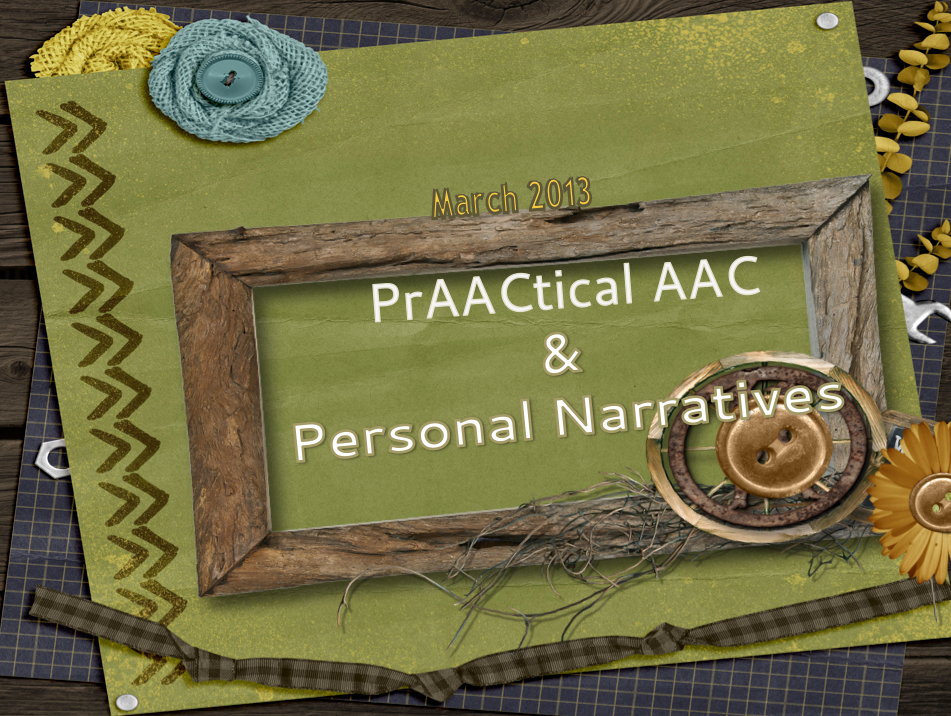
Personal narratives are the first story skills that develop. They tell about ourselves and our connection to activities, places, and events. They tell about how we feel about people and experiences. Personal narratives help us structure and organize the events of our lives and even become a way of thinking about ourselves and our identities. We know many AAC users have significant difficulty with narratives. We always wonder though, is it a function of language difficulty or of access, exposure, and PrAACtice or more likely a combination.
There are key intervention strategies that help AAC learners be able to tell personal narratives. You probably won’t be surprised by what strategies work but the research from Gloria Soto and colleagues has shown us that when applied to personal narratives, AAC users can be competent story tellers.
 Some Thoughts on Personal Narrative Assessment
Some Thoughts on Personal Narrative Assessment
Even before assessment of the AAC learner, in all fairness, an assessment of the AAC system and language environment should be done. Does the AAC display have the vocabulary for personal narratives or can it be self-generated (An easy way to figure this out, is to use the trusted strategy of aided language input) ? Are narratives modeled for the AAC learner? Once these questions are answered, any assessment results must be taken within this context.
For assessment, look at narrative assessment guidelines for ALL learners. Begin with assessing for personal narratives in the areas of number of story elements, emotional states provided, relevant information, initiating events, resolution of problems, high points/personal meaning, cohesive elements, use of specific referents, and logical ordering.
Once you have a starting point, it is the evidence based teaching strategies that will help AAC learners begin to use personal narratives more frequently, more effectively, and/or with more complexity.
Personal narratives can be developed through a personal photo description of a recent event. It is most helpful especially at the beginning, if the photograph has meaning to the learner. The more personal meaning, often the better. Using both the event as well as emotion that goes with the event, will set the stage for the teaching paradigm and evidence based teaching strategies.
Gloria Soto & colleagues have identified evidence based teaching strategies that help AAC learners with narratives. These strategies may feel familiar but it is the pairing of them together in systematic and repeated ways that have been shown to be the core of a comprehensive narrative intervention program (Thank you- Dr. Soto)
Look at and co-construct or talk together about a recent meaningful event photo AND USE
Language Facilitation Strategies
- Modeling
- Scaffolding
- Open ended questions
- Binary choices
- Complete the sentence prompts
- Gestural and verbal prompts
- Positive Praise
- Story maps
- Feeling visual supports
- Writing all learner responses on visual paper for later co-construction of cohesive narrative and for adding missing vocabulary to AAC display
Verbal Modeling & Aided Language Input (although listed as a language facilitation strategy, need to mention modeling topics as well) 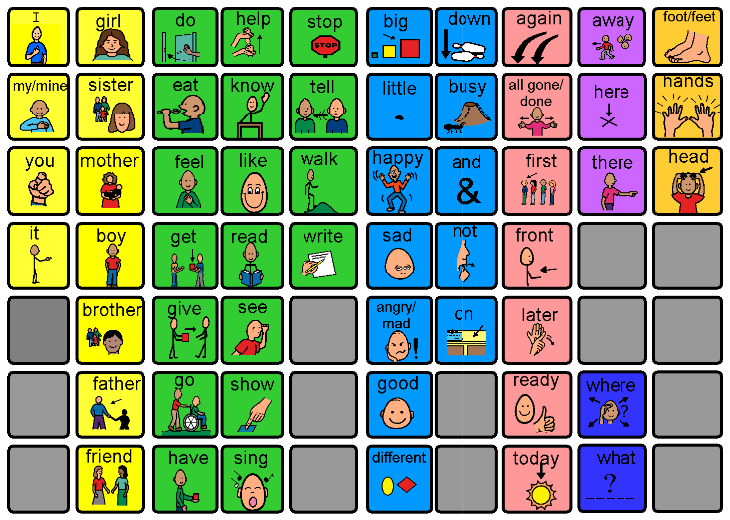
- Model emotional states tied to the event
- Model the telling of the relevant parts of the event (consider relevance to the learner)
- Model initiating events
- Model resolutions
- Model lots of cohesive tie vocabulary using specific words on AAC display- {additive (‘and’), temporal (‘then’), clausal (‘because’, ‘so’)
- Model added details and story elements as learner progresses
- Model summary reflections on emotional states
- Model your own personal narratives with picture/text support
Repeated PrAACtice
- Save narratives for telling later to different people
- Save narratives for independent looking/listening (we all like to look and watch things that are meaningful to ourselves)
- Tell/Write new narratives frequently (at least a few times a week, if not a few times a day)
- Listen to narratives from other people (mom, dad, teachers)- make the narratives visual if possible, use scaffolding when telling narratives
Providing meaningful comprehensive language in the form of narratives for ALL learners is a main component of a presuming competence attitude. By adding specific teaching strategies for ALL learners, competence can be achieved.
Filed under: Strategy of the Month
Tagged With: Personal Narratives, teaching strategies
This post was written by Robin Parker
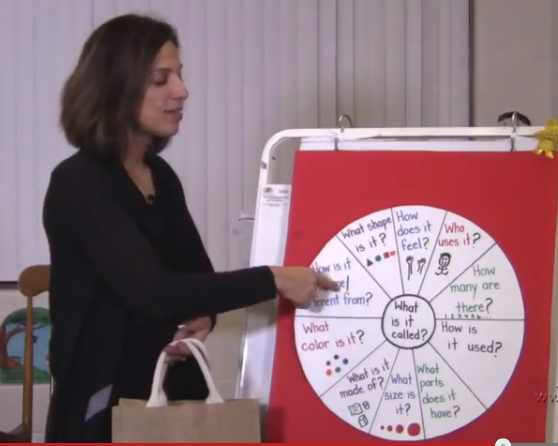

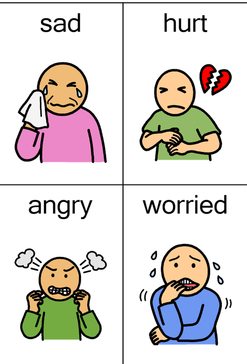


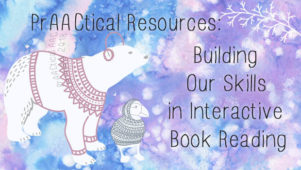

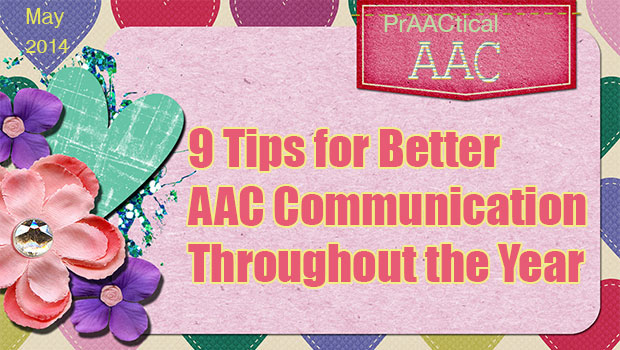

2 Comments
Once again such a great post with references that help everyone not just AAC learners.
gale prol
Thanks so much. So glad you see the ‘bigger picture’, you are so correct narrative skill intervention can help ALL learners (those with and even without special needs). Thanks again. Look for more about narrative skills throughout the month.